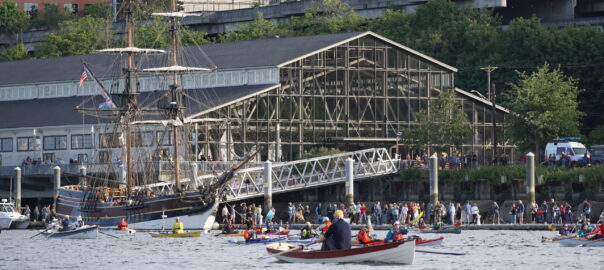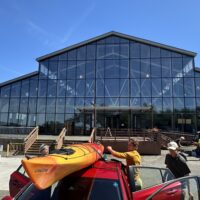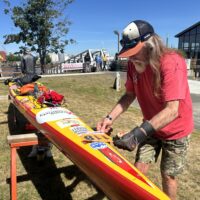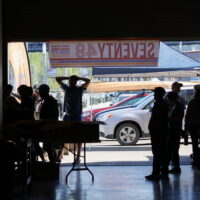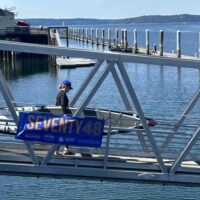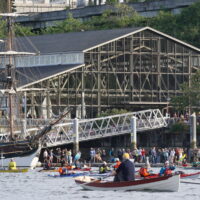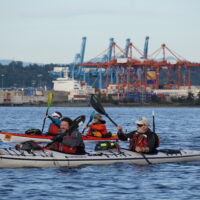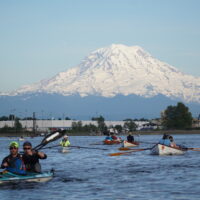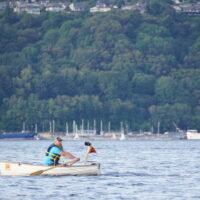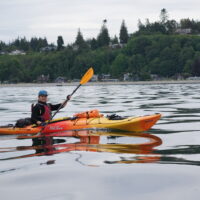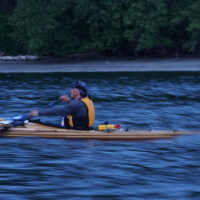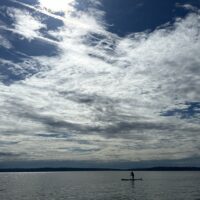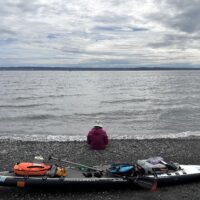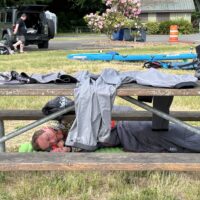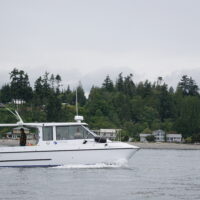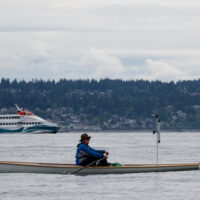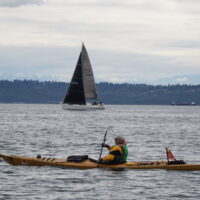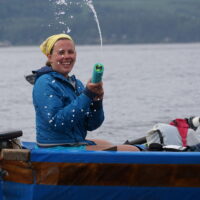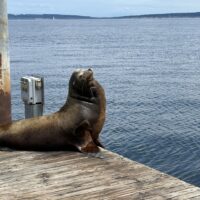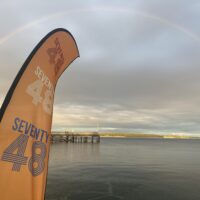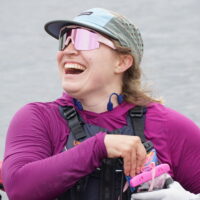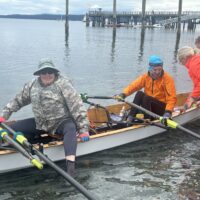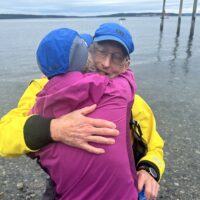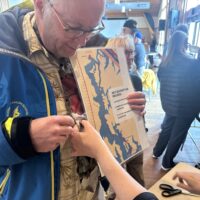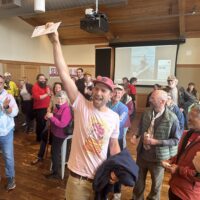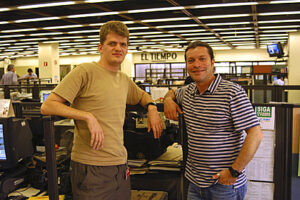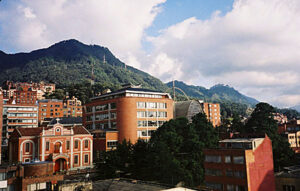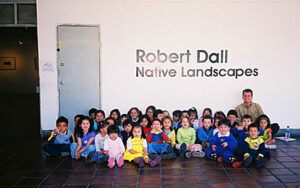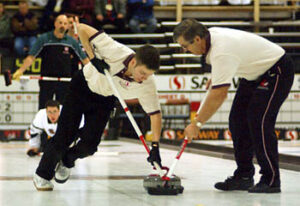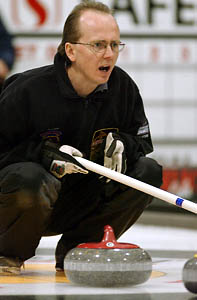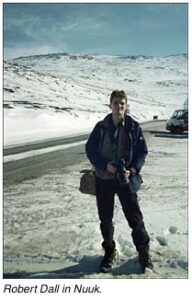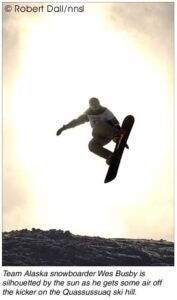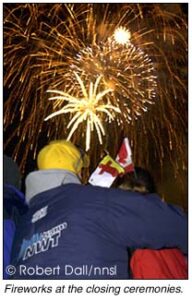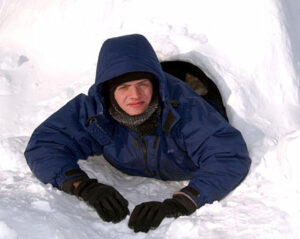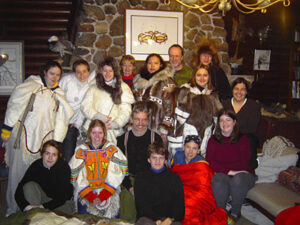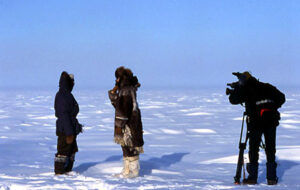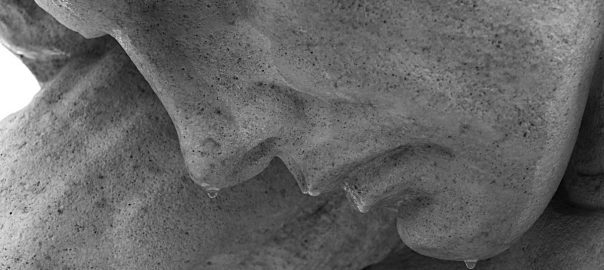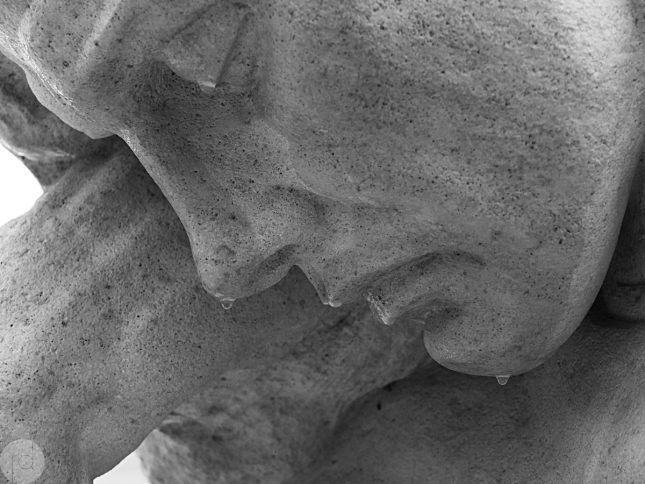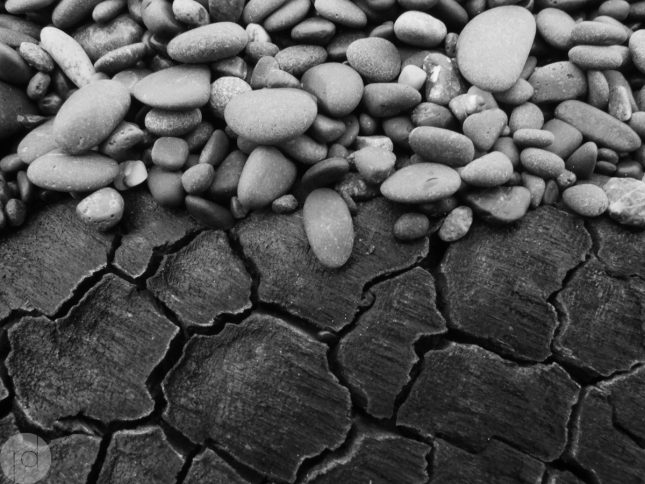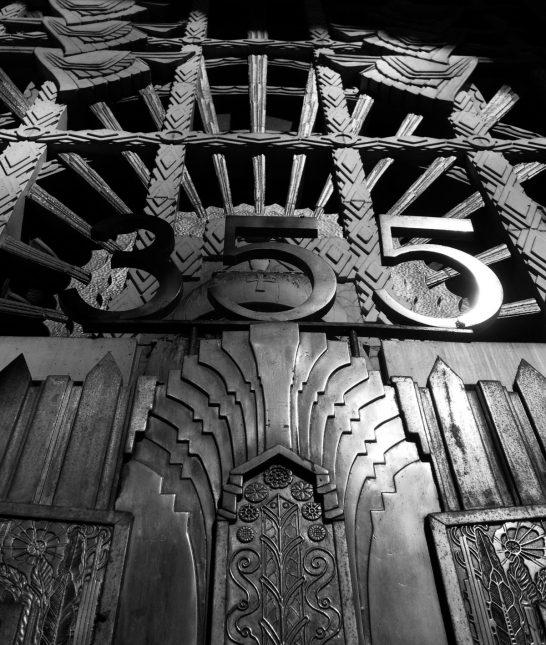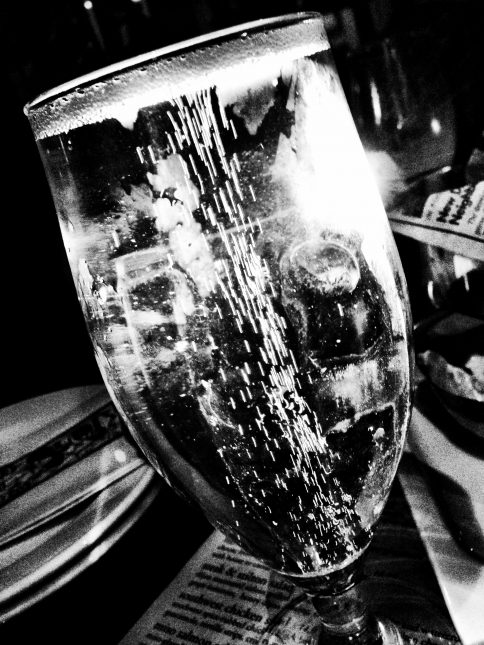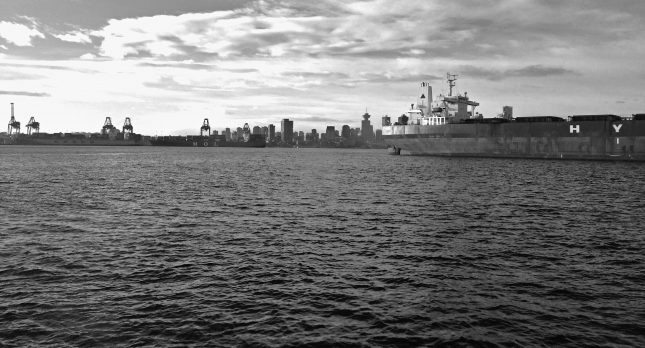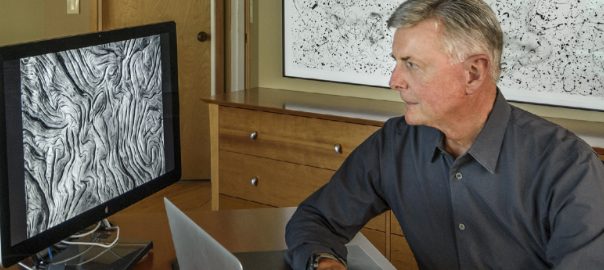Last summer I met a guy named Jesse at Blake Island while he was the “cruise director” of Salish 100. We talked about doing some photography for the two races he also runs. The Seventy48 and the Race to Alaska or R2AK. I got back in touch with Jesse this spring and we hatched a plan for me to cover the race.
While I hadn’t done any professional sports photography in years, I wanted to cover this race like I was working for a news agency. The Northwest Maritime Centre, the organizer of the race, wanted photos in as much real-time as possible during the race. So this was a great fit for a crazy photographic adventure that would suit my two passions photography and being on the water.
What is The Seventy48?
SEVENTY48 aka 70 miles in 48 hours.
Rules are simple: no motors, no support, and no wind. That’s right. HUMAN POWER ONLY. Pedal, paddle, or row. We don’t care. It’s up to you. (And this is a boat race. Leave your 10 speed-towing-a-canoe idea at home.) ~ Seventy48 Website
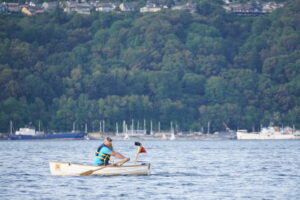
Also after I told Ben Lobaugh about my crazy plans to photograph the race. He decides to enter the race with his 8-foot Minto! You can learn more about Ben’s race on his blog post.
The Gear
Since I didn’t have any recent professional gear to cover the race. I asked my friend Ted Peters if I could borrow his old Sony a6000 and an 80mm – 300mm. My current laptop was anything but mobile I also borrowed an eight-year-old Macbook from my nephew and grabbed a bunch of SD cards and a decent data plan for my iPhone 14 Pro phone.
The Boat
While I didn’t know what boat I was going to be on Jessie would assure me he’d get me mobile on the water for the race, Little did I know I was going to be on a 13-foot open-air tender for most of the race. While I had an engine and Captain Dan driving. I felt a little kinship with the competitors.
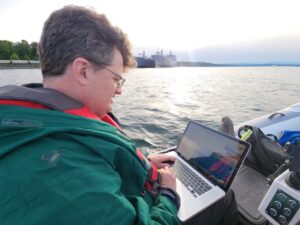
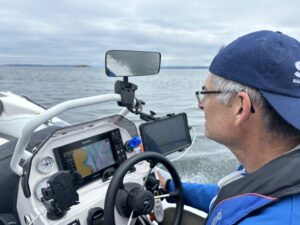
The Start
Watching 128 teams outside the Foss Waterway Seaport gather and then start was thrilling on such a beautiful night (Yes the race starts at 7:00 pm, yes that is in the evening). The weather wouldn’t be this nice all weekend so as the old saying goes you gotta shoot when the light is right! Also and unknown to the everyone involved in the race. The Lady Washington was moored in Tacoma for the night and made for a great backdrop to the start!
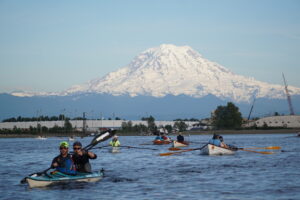
While I had sailed out of Tacoma with Ben before and I had been to Vashon Island in my 20’s I had never seen the Colvos Passage side of the Vashon before. As the sun hid behind the Olympic Peninsula the field started to stretch out and twilight started to fall we saw each team slowly turn on their night running lights one by one. It was something that I witnessed but couldn’t easily photograph so it was an experience to be had and to be remembered.
As Colvos Passage opened back up to Pudget Sound we raced to find the leaders of the race. Their tracker position isn’t in real time so we had already passed their position and still couldn’t find them in the blackness of night. We did find a small white light against the undeveloped blackness of Blake Island State Park. Living up to their name The Beasts from the East were certainly hauling ass up the sound.
The Other Boat
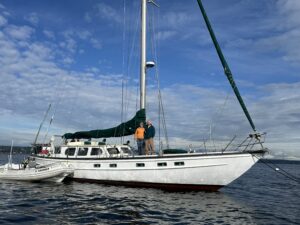
Once we had gotten to Blake Island we found our sleep accommodations for the night. It was an old wooden sailing boat that was originally launched New Zealand. It had crossed the Drake Passage, at least once, if not twice, from what I remember. She then made her way up to Alaska for several years before finding her current owners in Puget Sound. Hearing the history of this boat was amazing.
The Stories
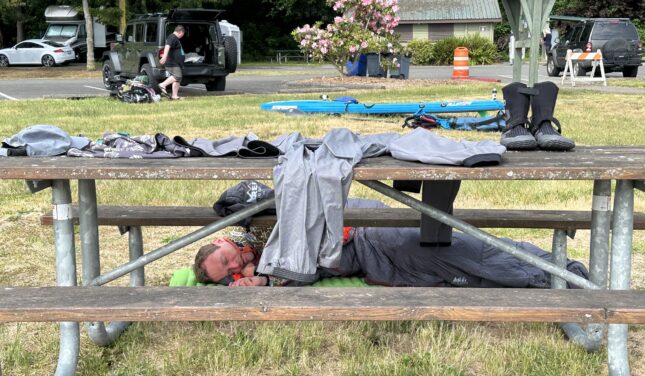
One of the reasons I was attracted to photography was the magic of film and the intricacy of the cameras. But really, it was capturing people’s stories of life and adventure. This race was no different. We left Blake Island early and went up to Fay Bainbridge State Park where we found a number of competitors who had stopped for a quick break before continuing.
I found Jeremiah Bonsmith of Team Daddleboard. He was laying out all his gear on a picnic table. (I am paraphrasing our conversation) Everything is soaking wet, The headwind is a lot harder, and I wasn’t making a lot of progress. I am gonna let everything dry out have a nap and see if I want to continue.
I returned some 15 minutes later and he was asleep under the table and I got this great photo. It really told his story I thought. I never saw him again, but I am pleased to report that he did complete the race. (Jeremiah if you are reading this leave me a note in the comments I’ll get you the photo)
The Marine life
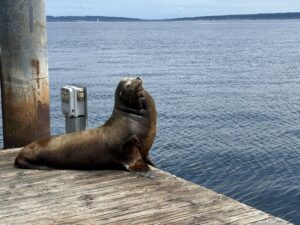
The animals I saw on route were amazing. I saw Harbor seals at the start line in Tacoma, Porpoises jumping in Admiralty Inlet Bay and the Sea Lion welcoming committee at Port Townsend who wasn’t impressed that I was on her dock LOL.
The Finish
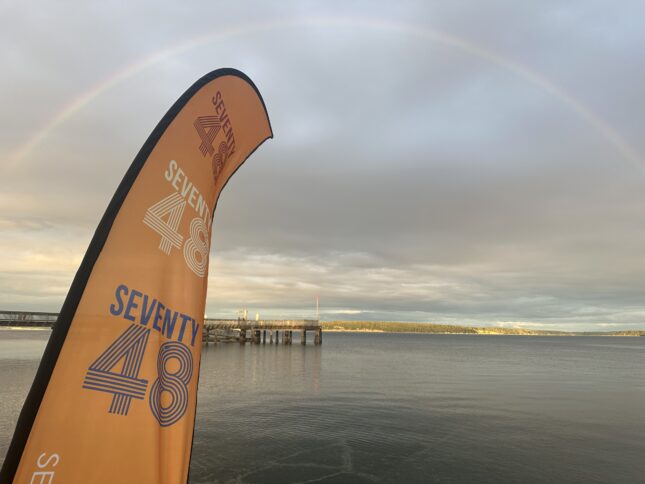
Arriving to Victorian seaport of Port Townsend and the Northwest Marine Center I set up my base camp in Helen Keeley Boathouse.
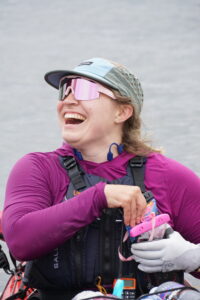
The range of emotions from competitors that were completely went from dogged determination to finish, weepy to see loved ones and one Audrey Standish from the aptly named Chucklewave who was laughing from ear to ear upon arrival.
You can’t capture everything on a race of this magnitude you just have to capture of variety of every type of competitor and stories that peak your interest.
The Party
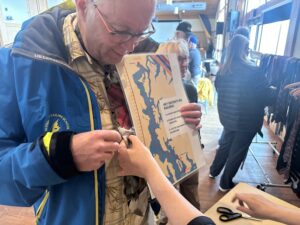
The next day I was asked to cover the Seventy48 Necktie Party. This was a new event for the Seventy48 as it becomes more of it’s own event then a tag on to the R2AK. The length of the neck tie depends on how much of the race you completed.
Conclusion
There is a lot from the career as a photojournalist I didn’t enjoy. Tragedy the most. But I did miss the adrenaline from shooting sports and meeting a deadline. The Seventy48 let me scratch that itch.
The town of Port Townsend was beautiful and I enjoyed a walk through the historic downtown getting dinner at the Nifty Fiftys Soda Fountain which was quite welcome respite. I also got the chance to see the historic Tally Ho in the final stages of her rebuild.
Please enjoy the rest of the photos in the gallery below.
